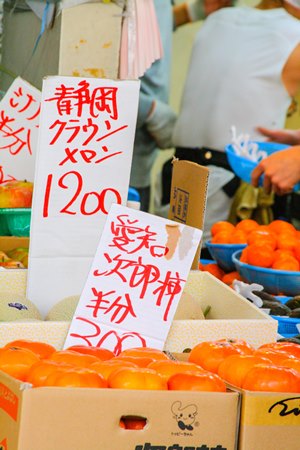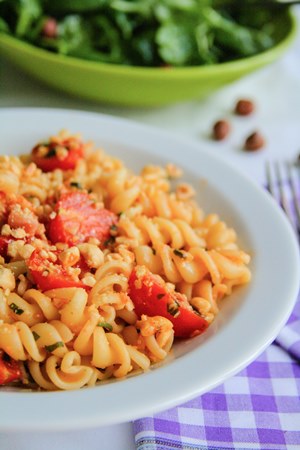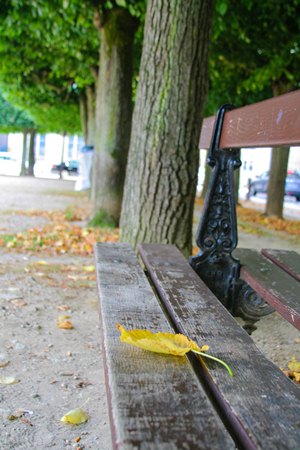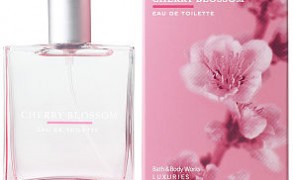Persimmon Toast
My husband first encountered a persimmon during his first visit to my family home. My stepfather handed it to him and simply said, “Just eat it like an apple.” For some strange reason, my stepfather prefers persimmons unripe and hard. But my husband wasn’t convinced, as the hard flesh was unyielding and his mouth felt coated with sticky cotton. It took him a few hours to get rid of the bitter, tannic sensation. The same willingness to please his new in-laws also left my husband unable to refuse yet another shot of vodka, but the consequences of that lasted into the next day. Imagine his surprise when he finally tried a ripe persimmon and discovered that it was a juicy fruit with a delicate perfume.


There are thousands varieties of persimmons, but Fuyu and Hachiya are the most common ones. Fuyu (top left photo) looks like a squat orange tomato, and it can be eaten when it’s hard. It’s sweet and crunchy, with a distinctive flavor of dates and plums. The Hachiya variety (in the photos below) is pointy and elongated, and it’s the kind that tormented my poor husband. As he will tell you, when hard and unripe it tastes even worse than a green banana–bitter and chalky. But give it a few days to soften and it turns sweet and luscious.






















Ewan in Spring 2024 Perfume Launches : Lilac, Vetiver, Moss and Seaweed: I took the opportunity to blend seaweed, vetiver and mimosa essential oils. It is a very pleasant and interesting menage a trois. At first the seaweed hits the nose but… April 18, 2024 at 1:32am